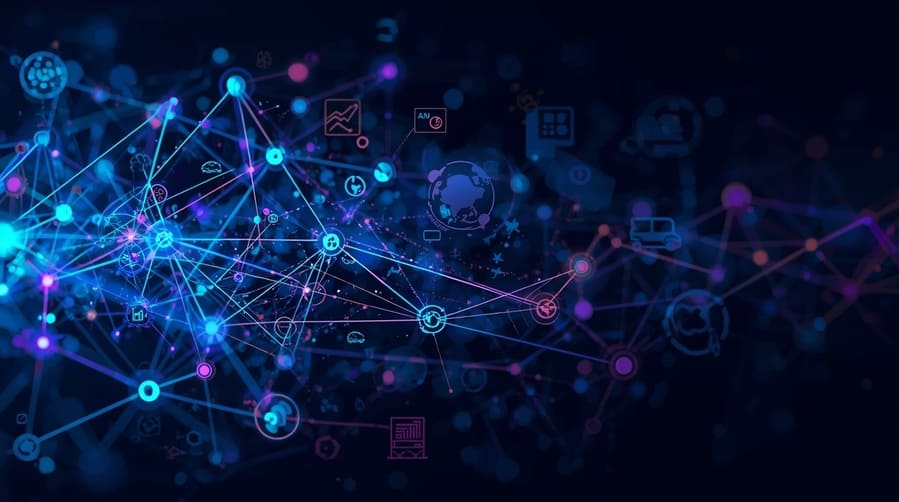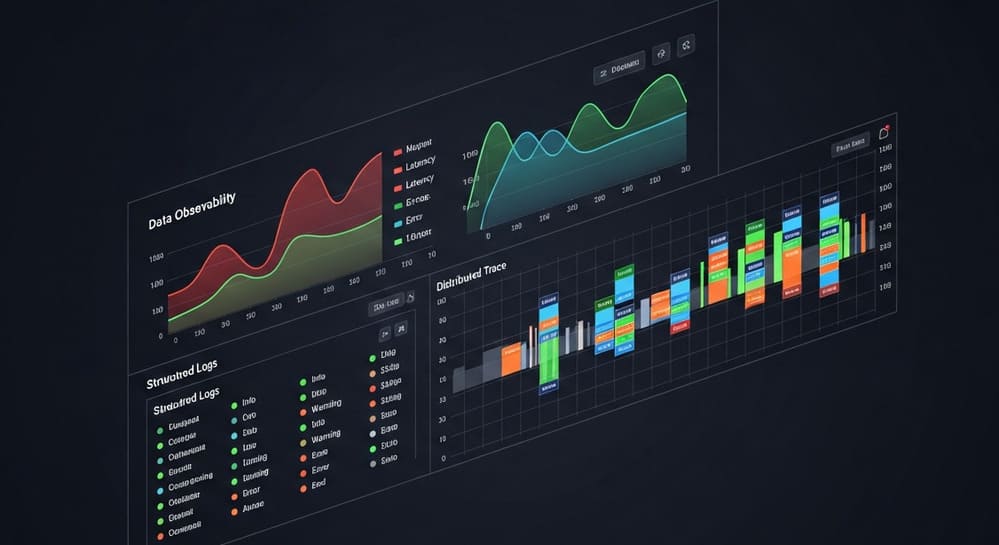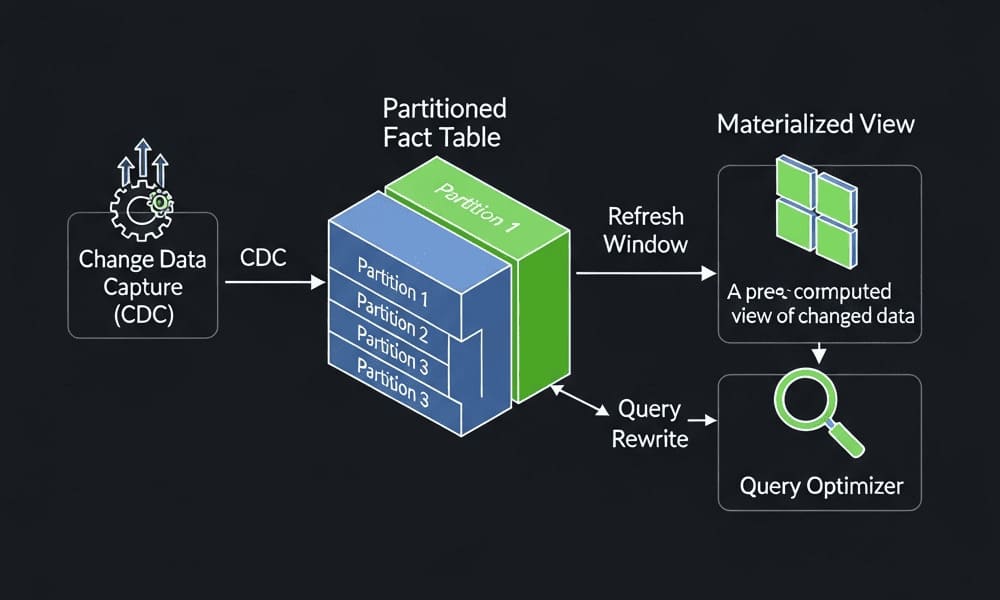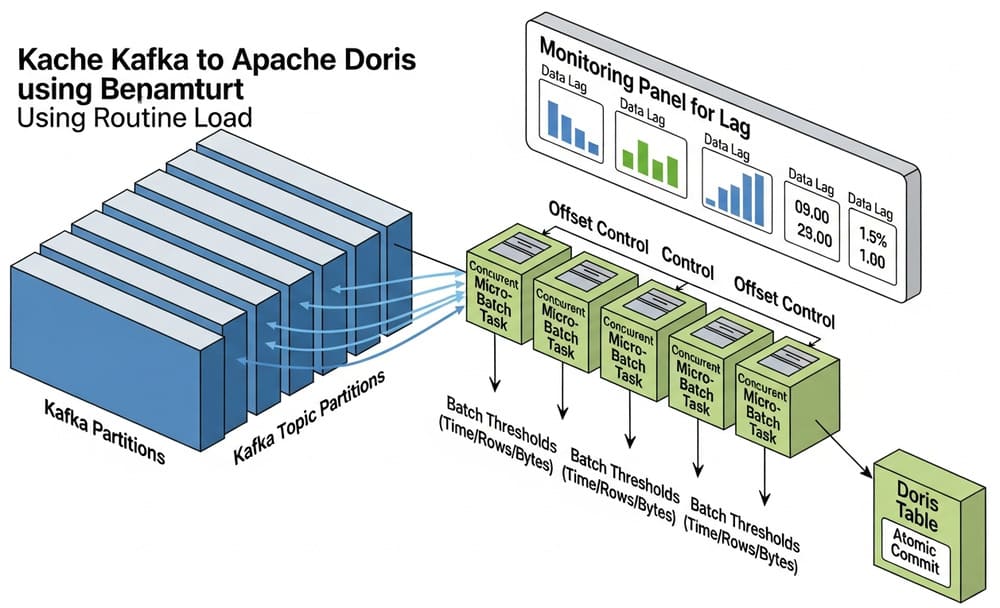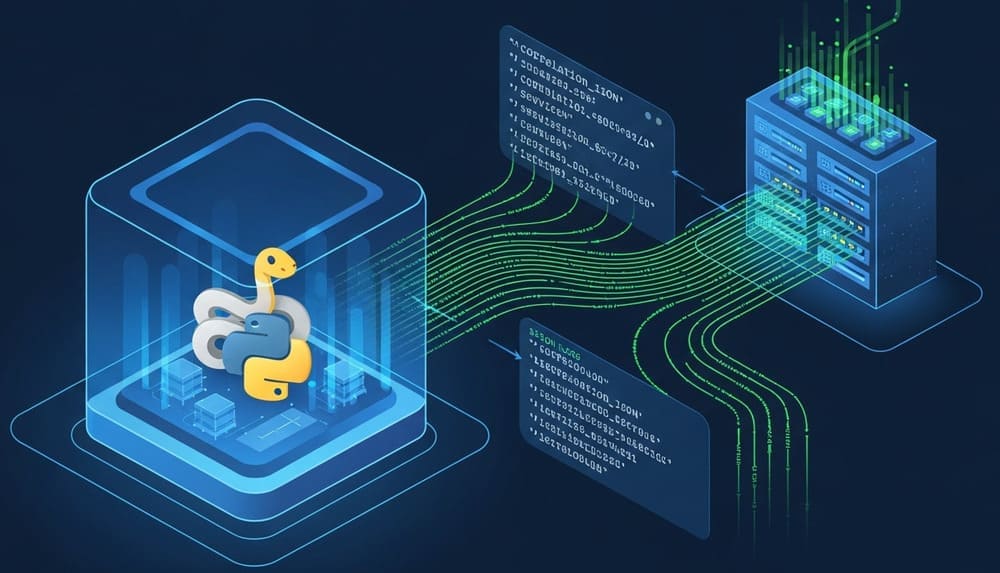Powering the Intelligence Revolution in 2025
In an era where data is often called the new oil, machine learning (ML) has emerged as the refinery that transforms this raw resource into actionable intelligence. As we navigate through 2025, machine learning continues to reshape industries, drive innovation, and fundamentally change how we interact with technology. From the smartphones in our pockets to the algorithms determining our credit scores, machine learning has become an integral part of our daily lives, often working silently in the background to power the smart systems we increasingly rely upon.
What Is Machine Learning?
At its core, machine learning is a subset of artificial intelligence that enables computers to learn from data without being explicitly programmed for every task. Unlike traditional software that follows predetermined rules, ML systems analyze patterns in data and improve their performance over time through experience.
Machine learning is the technology that allows computers to:
- Learn from examples rather than following explicit instructions
- Identify patterns in vast amounts of data
- Make predictions based on historical information
- Improve performance automatically through experience
- Adapt to new scenarios without human intervention
The fundamental principle behind machine learning is that instead of writing code to solve a problem directly, we provide data to algorithms that use statistical techniques to “learn” how to solve the problem themselves.
Types of Machine Learning
Machine learning encompasses several approaches, each suited to different types of problems and learning scenarios:
Supervised Learning
In supervised learning, algorithms learn from labeled examples, where both the input data and the correct output are provided. This approach is used for:
- Classification: Categorizing data into predefined classes (like spam detection in email)
- Regression: Predicting continuous values (such as house prices)
- Time Series Prediction: Forecasting future values based on historical data
Popular supervised learning algorithms include linear regression, decision trees, random forests, support vector machines, and neural networks.
Unsupervised Learning
Unsupervised learning algorithms work with unlabeled data, finding structure or patterns without guidance. These are used for:
- Clustering: Grouping similar data points together (customer segmentation)
- Dimensionality Reduction: Simplifying data while preserving important information
- Anomaly Detection: Identifying unusual patterns or outliers
Common unsupervised learning techniques include k-means clustering, principal component analysis (PCA), and autoencoders.
Reinforcement Learning
Reinforcement learning involves training algorithms to make sequences of decisions by rewarding desired behaviors and penalizing undesired ones. This approach is used for:
- Game AI: Teaching computers to play games like chess or Go
- Robotics: Helping robots learn how to navigate environments
- Autonomous Vehicles: Training self-driving cars to make decisions
- Resource Management: Optimizing system resources in complex environments
Deep Learning
Deep learning, a specialized subset of machine learning, uses artificial neural networks with multiple layers (hence “deep”) to model complex patterns. This approach has revolutionized areas such as:
- Computer Vision: Image recognition, object detection
- Natural Language Processing: Language translation, sentiment analysis
- Speech Recognition: Converting spoken language to text
- Generative AI: Creating new content like images, text, and music
The Evolution of Machine Learning
Machine learning has undergone significant evolution since its inception:
Early Foundations (1950s-1990s)
The concept of machine learning emerged in the 1950s, with early pioneers like Arthur Samuel (who coined the term “machine learning” in 1959) developing programs that could play checkers and improve through experience. Throughout the 1960s-1990s, researchers developed fundamental algorithms and theoretical frameworks, but practical applications were limited by computing power and data availability.
The Big Data Revolution (2000s-2010s)
The early 2000s saw exponential growth in data generation and computing power, creating the perfect conditions for machine learning to thrive. Key developments included:
- Increased processing power making complex algorithms feasible
- The rise of “big data” providing massive training datasets
- Cloud computing making computational resources accessible
- Open-source frameworks democratizing ML development
The Deep Learning Breakthrough (2010s)
The 2010s marked a turning point with deep learning achieving breakthroughs in areas like image and speech recognition. Landmark moments included:
- AlexNet winning the ImageNet competition in 2012, demonstrating the power of deep neural networks
- DeepMind’s AlphaGo defeating the world champion at Go in 2016
- The rise of transformer models revolutionizing natural language processing
The Era of Accessible ML (2020s-Present)
In recent years, machine learning has become increasingly accessible to organizations of all sizes through:
- Pre-trained models requiring less specialized expertise
- AutoML tools automating the model development process
- Democratized access through cloud services
- Integration of ML capabilities into mainstream business applications
Applications of Machine Learning in 2025
As we move through 2025, machine learning has become deeply embedded across industries:
Healthcare
In healthcare, machine learning is revolutionizing diagnosis, treatment, and patient care:
- Disease Diagnosis: ML models analyze medical images like X-rays, CT scans, and MRIs to detect diseases with accuracy rivaling human specialists. For instance, deep learning algorithms can now identify early signs of conditions like diabetic retinopathy, certain cancers, and cardiovascular diseases.
- Personalized Medicine: By analyzing genetic information and patient data, ML helps develop tailored treatment plans based on individual patient characteristics and predicted responses to medications.
- Drug Discovery: ML accelerates pharmaceutical research by predicting which compounds might be effective against specific diseases, significantly reducing the time and cost of bringing new treatments to market.
- Predictive Healthcare Analytics: Algorithms identify patients at risk of developing conditions or experiencing complications, enabling preventive interventions.
Finance and Banking
The financial sector has embraced machine learning to enhance decision-making and security:
- Fraud Detection: Real-time ML systems monitor transactions for suspicious patterns, identifying potentially fraudulent activities far more effectively than rule-based systems.
- Risk Assessment: Advanced algorithms evaluate loan applications and determine creditworthiness using broader data sources than traditional methods, potentially expanding access to financial services.
- Algorithmic Trading: ML models analyze market data to make trading decisions at speeds and volumes impossible for human traders.
- Customer Service: AI-powered chatbots and virtual assistants provide 24/7 support, handling routine inquiries while freeing human agents for more complex issues.
Transportation
Machine learning is transforming how we move people and goods:
- Autonomous Vehicles: Self-driving technology uses ML to interpret sensor data, recognize objects, predict movements, and navigate safely.
- Traffic Management: Smart systems analyze traffic patterns to optimize signal timing, reduce congestion, and improve urban mobility.
- Predictive Maintenance: ML models monitor vehicle performance data to predict when components might fail, allowing for preventive maintenance.
- Logistics Optimization: Algorithms optimize delivery routes, warehouse operations, and supply chain management.
Retail and E-commerce
Retailers use machine learning to enhance the shopping experience:
- Personalized Recommendations: Systems analyze browsing history, purchases, and similar customer profiles to suggest relevant products.
- Demand Forecasting: ML predicts product demand based on historical data, seasons, trends, and external factors, improving inventory management.
- Dynamic Pricing: Algorithms adjust prices in real-time based on demand, competition, and other market factors.
- Visual Search: Image recognition enables customers to search for products using pictures rather than text descriptions.
Manufacturing
Machine learning is driving the Fourth Industrial Revolution:
- Predictive Maintenance: Sensors and ML algorithms detect potential equipment failures before they occur.
- Quality Control: Computer vision systems inspect products for defects with greater speed and accuracy than human inspectors.
- Supply Chain Optimization: ML models predict disruptions and optimize inventory levels.
- Process Optimization: Algorithms identify inefficiencies and suggest improvements to manufacturing processes.
Customer Experience
Machine learning is personalizing customer interactions across channels:
- Sentiment Analysis: Natural language processing determines customer feelings about products and services.
- Chatbots and Virtual Assistants: AI-powered conversational agents handle customer inquiries and provide assistance.
- Customer Journey Mapping: ML identifies patterns in customer behavior to optimize the overall experience.
- Churn Prediction: Algorithms identify customers likely to leave, enabling proactive retention efforts.
Emerging Trends in Machine Learning for 2025
As we navigate through 2025, several key trends are shaping the future of machine learning:
Explainable AI (XAI)
As ML models grow more complex, there’s increasing demand for transparency in how they reach decisions. Explainable AI techniques aim to make “black box” models more interpretable, particularly in sensitive domains like healthcare, finance, and criminal justice.
Edge AI
Rather than relying solely on cloud computing, machine learning is increasingly performed on edge devices (like smartphones, IoT devices, and autonomous vehicles). This approach reduces latency, enhances privacy, and enables operation in environments with limited connectivity.
AutoML and No-Code ML
Automated machine learning (AutoML) and no-code platforms are democratizing access to ML capabilities, allowing domain experts without extensive programming knowledge to develop and deploy models.
Small Data and Few-Shot Learning
While big data remains important, new techniques enable effective learning from smaller datasets. Few-shot learning allows models to make accurate predictions with limited examples, expanding ML’s utility in domains where large labeled datasets are unavailable.
Federated Learning
This approach enables multiple devices to collaboratively train a shared model while keeping data local, addressing privacy concerns and regulatory requirements for sensitive information.
Multimodal Learning
Advanced models can now process multiple types of data simultaneously (text, images, audio, video), creating more comprehensive understanding and enabling new applications that combine different forms of information.
Ethical Considerations and Challenges
The rapid advancement of machine learning brings significant ethical challenges:
Bias and Fairness
ML systems trained on biased historical data can perpetuate or amplify societal inequities. Organizations are increasingly implementing techniques to detect and mitigate algorithmic bias, particularly in high-stakes applications like hiring, lending, and criminal justice.
Privacy Concerns
The data-hungry nature of machine learning raises important questions about user privacy. Techniques like differential privacy, federated learning, and synthetic data generation are being developed to enable powerful ML while protecting sensitive information.
Transparency and Accountability
As ML systems make increasingly consequential decisions, questions arise about responsibility and recourse when things go wrong. Frameworks for algorithmic accountability are emerging to address these concerns.
Environmental Impact
Training large ML models requires significant computational resources and energy consumption. Researchers are developing more efficient algorithms and hardware to reduce the environmental footprint of machine learning.
Workforce Displacement
While ML creates new opportunities, it also automates tasks currently performed by humans. Society faces the challenge of managing this transition through education, reskilling, and potentially new economic models.
Learning Machine Learning
For those interested in entering the field, several pathways can lead to machine learning proficiency:
Educational Background
While a formal degree in computer science, statistics, or a related field provides a strong foundation, many successful ML practitioners come from diverse backgrounds including physics, economics, and even humanities with quantitative skills.
Essential Skills
- Programming: Python is the dominant language in ML, with libraries like TensorFlow, PyTorch, and scikit-learn
- Mathematics: Linear algebra, calculus, probability, and statistics
- Data Manipulation: Cleaning, preprocessing, and visualizing data
- Domain Knowledge: Understanding the field where ML will be applied
Learning Resources
The democratization of education has made ML more accessible than ever:
- Online Courses: Platforms like Coursera, edX, and Udacity offer comprehensive ML programs
- Books: From introductory texts to specialized topics
- Open-Source Projects: Contributing to ML libraries and applications
- Competitions: Platforms like Kaggle provide real-world problems to solve
- Communities: Forums and meetups for knowledge sharing and networking
Conclusion
As we stand in 2025, machine learning has evolved from an academic curiosity to a transformative technology woven into the fabric of our daily lives. From healthcare to finance, transportation to entertainment, ML systems are enhancing human capabilities, optimizing processes, and creating new possibilities.
The journey of machine learning is far from complete. As algorithms become more sophisticated, computing power increases, and new techniques emerge, we can expect even greater innovation in the coming years. The true potential of ML will be realized not just through technological advancement, but through thoughtful application that augments human intelligence while addressing ethical concerns.
For organizations and individuals alike, understanding and harnessing machine learning is no longer optional but essential for success in an increasingly data-driven world. Those who embrace this technology—with appropriate attention to its limitations and ethical implications—will be well-positioned to thrive in the intelligence revolution.
#MachineLearning #AI #DataScience #DeepLearning #TechTrends #PredictiveAnalytics #AIEthics #FutureOfTech #BusinessIntelligence #BigData

